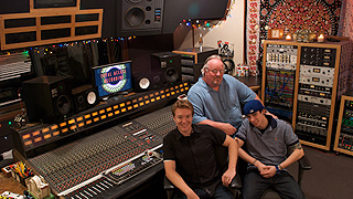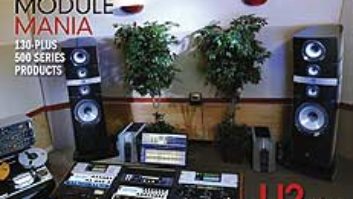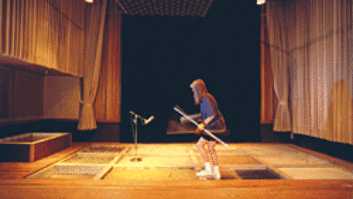The Recording Academy’s Producers & Engineers Wing put on yet another dynamite panel in October, its 26th with the Audio Engineering Society. Titled “Mixing With Attitude,” it featured Tony Maserati, Chris Lord-Alge and Chuck Ainlay, moderated by Nile Rodgers — all engineers and producers at the top of their games. The conversation was lively, spirited, chock full of contrasting styles. However, all the participants agreed on the mission of any project: Serve the artist, serve the song.
Then the Q&A started, and after a funny interlude with the first question from Bob Clearmountain, another audience member stood up and asked what the panelists do to prevent a mastering engineer from screwing up their track. The engineers onstage looked genuinely puzzled, momentarily at a loss for words. “I’ve never experienced that,” Ainlay piped in. “I have a great relationship with my mastering engineers, and I rely on them. They’ve always made my tracks sound better.” The other two echoed the sentiment, and then it went to the next question. But the pause was slightly awkward.
The exchange reminded me about how misunderstood the mastering process remains. Labels and management seem to be forever pushing an escalating loudness war; manufacturers are developing plug-ins and trying to convince a generation that they can do it themselves; and there are still producers out there who think a mastering engineer is trying to “screw up their song.” Stuck in the middle are the mixers and the mastering engineers themselves. And everyone’s facing pressure on all fronts, in all formats, with decreased budgets thrown in to boot.
As we used to write back in the ’80s, there is no “dark art” to mastering. These aren’t “wizards” who toil away in some lab somewhere only to appear with a finished reference ready for pressing or radio play or MP3 delivery. These are engineers — artists really — who work in the most precise and detail-revealing listening environments imaginable, tweaked to their individual specs with a signal chain that works for them. These are dedicated pros who can reach for subtlety and then bang you over the head with screaming guitar. They know that a vocal carries the day. And they do care about the artist and the song.
The relationship a mixer has with a mastering engineer is truly collaborative. When you send a track off to mastering, you’re not paying for the room or the audiophile equipment. You’re paying for the years and years of knowledge, across all genres of music. You’re paying for the artist’s touch. Michael Romanowski, a San Francisco-based mastering engineer whose room is featured on this month’s cover, says, “I appreciate that people are doing projects on their own, but the more people do their own records, the more they need a mastering engineer. They need that perspective.”
So continue to record, edit and mix at the highest resolution, with the artist and the song as your guide. Then turn it over to an extra set of “golden ears.” You’ll be glad you did.







